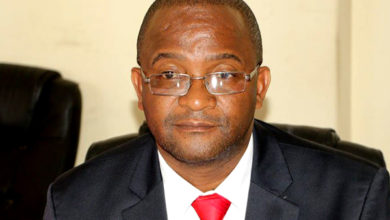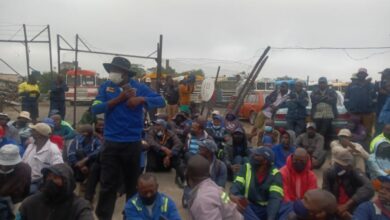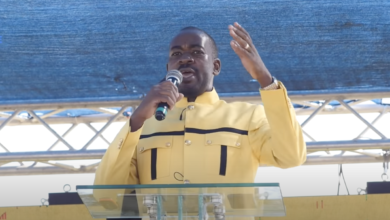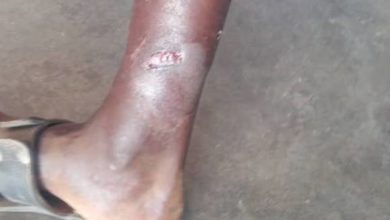Communities implore Zec to simplify information on delimitation
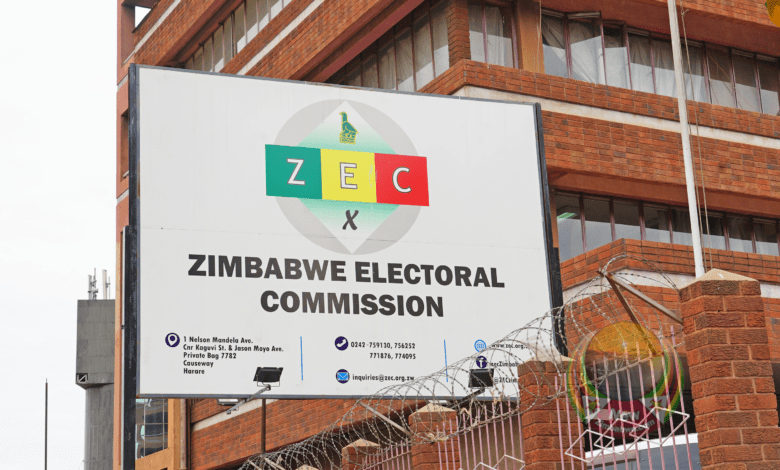
BY Community Podium
Matabeleland communities have appealed to the Zimbabwe Electoral Commission (Zec) to simplify the delimitation report to enable communities to relate to new boundaries.
Matobo Youth for Development Initiative (MYDI), a youth-driven CBO that focuses on youth, women and people with disabilities empowerment has implored the Zec to further simplify the delimitation boundaries so that people can understand better the new areas they fall under.
The organisation revealed that communities are keen on understanding the new boundaries brought about by the delimitation exercise.
“People are interested in the mapping of new ward boundaries and they request that they have reference points like business centres and schools so that they can relate and understand easily,” said MYDI Programs Officer Constentine Mpofu.
MYDI noted that Zec’s delimitation report is a mere summary and therefore difficult to analyse and explain to the communities.
“The challenge is that we don’t get as much information from ZEC as we would like. For example, there is no access to a detailed delimitation report, the one which is available is just a summary and it’s hard to understand. It’s also difficult to give a detailed analysis of the report,” lamented Mpofu.
Despite the shortcomings of Information provided by Zec, the organisation said it has been doing its best to share information from the electoral body.
“As an organisation, we have a programme promoting access to information on the electoral process. We share the documents published by ZEC and then we try to unpack the contents so that it is understandable to the rural communities. We create fliers, audios and we also have podcasts where we discuss issues of delimitation and many other relevant topics to ensure that people have access to information. We also write articles in our magazine on various electoral issues.”
Lack of strong internet connectivity adds to a list of challenges communities in Matobo face when accessing information from ZEC.
“The other challenge is that people in rural areas do not have smart gadgets and proper network and internet connectivity. Take for example the delimitation report document which is 50 Megabytes in size, it needs strong internet connectivity to download it and enough phone memory for storage which most people don’t have.”
In 2022, Zec conducted a delimitation exercise as mandated by sections 160 and 161 of the Constitution to map out new electoral boundaries to be used in this year’s harmonised elections. It presented the final delimitation report before President Emmerson Mnangagwa on 27 December 2022. The report was subsequently gazetted on 20 February 2023.
The delimitation report is not without its challenges and chief among these is that it presents polling stations as numbers or coordinates such that a polling station in Matobo ward 1 is presented as 3900MTB010.
Speaking to Community Podium, a Matobo resident who identified himself as Phakathi said he was still confused as to how Mangwe and Matobo had been merged to form one constituency.
“I still don’t understand how Mangwe is now one constituency with Matobo since it (Mangwe) covers some parts of Plumtree. Maybe it’s because it had few registered voters,” said Phakathi.
Another Matobo resident, Awakhiwe Phuthi said the boundaries would be better understood by the communities if ZEC had used landmarks that are known by the majority of people in communities.
“The challenge with the boundaries being used by ZEC is that they are using landmarks that are no longer in use and therefore not known by most people which confuses. For example, some roads and growth points’ names are only known by the elderly. It would be better if they marked the boundaries using well-known places, roads and big rivers that we can all relate to. That way we would know where our wards start and end,” said Phuthi.
Francisca Ndlovu, a resident of Ward 13 in Tsholotsho said confusion around the new boundaries could not be written off.
“While it is an advantage for those residents who were transferred together with their former councillors it is a disadvantage for those who were moved to new wards with new representatives. In some cases, 2 or 3 villages were removed from one ward to another and in some instances, the Councillor was also moved or was left behind while people were transferred,” said Ndlovu.
Founder and Director of Tsoro-o-tso San Development Trust, Davy Ndlovu said the San community in Tsholotsho has also been affected.
“For the San community delimitation massively affected ward 2 because most people were moved to ward 1, while wards 7, 8 and 10 were not affected as much. As a leader, one is used to campaigning to the same people and abadala bayabe sebekujayele, but because people were moved around one now has to work harder to convince the people to vote for them,” said Ndlovu.
While many are confused and frustrated by the new boundaries, the electoral body has maintained that it is important that the boundaries of wards must be such that, so far as possible, at the time of delimitation equal numbers of voters are registered in each ward of the local authority concerned.
The elections body has also emphasised that polling stations will not be changing, however, communities are interested in knowing the extent of the wards they have been placed in.
The final delimitation report will be used for the harmonised election whose date will soon be proclaimed by President Mnangagwa.


